Effective treatments options for skin cancer
Learn about recent advancements and newer therapies that are safe and making a difference.
Updated on January 8, 2025
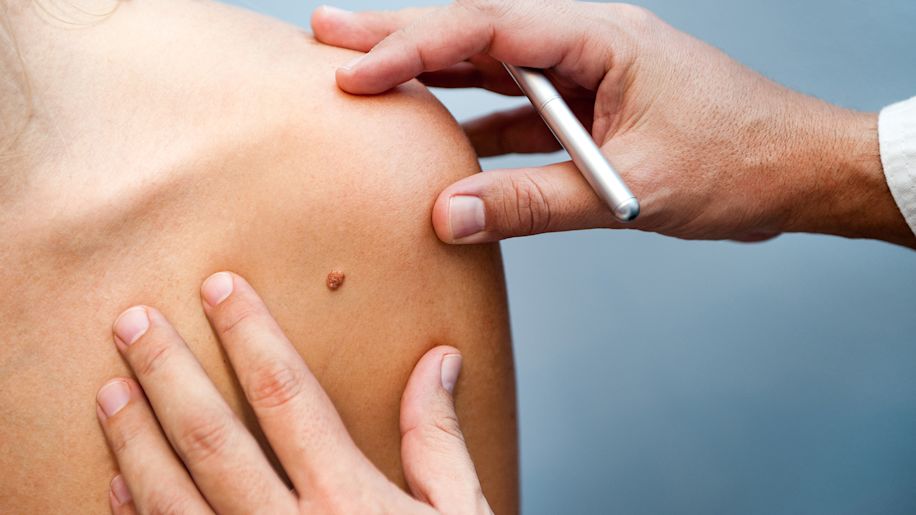
If you or a loved one has been diagnosed with skin cancer, either recently or in the past, one of your biggest questions is probably, "What are the treatment options?"
The good news: In recent years, scientists have developed new therapies that are helping people fight skin cancer and live longer.
Treatment plans often depend on the type, stage, and location of the cancer. Options can range from minor surgery for early-stage cancers to targeted therapies and immunotherapies for more advanced disease.
Here's a review of treatment options you can discuss with your healthcare provider (HCP).
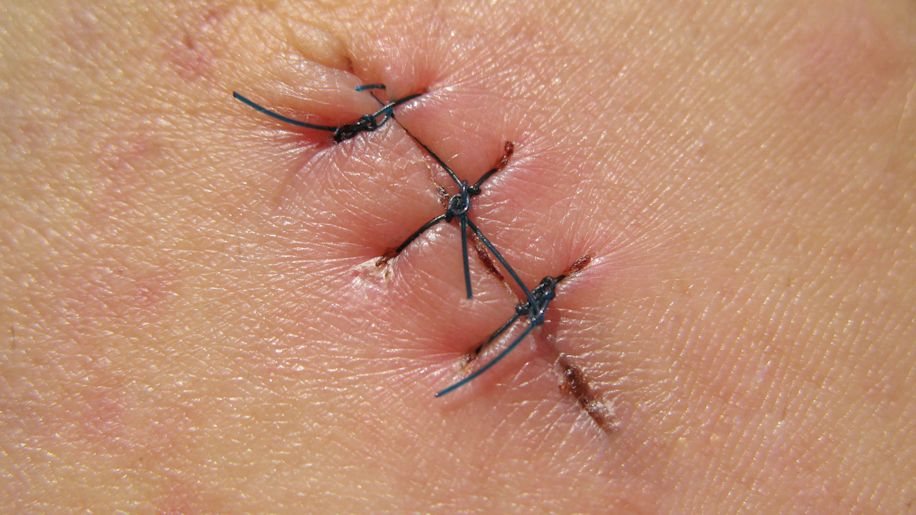
Surgery
For melanomas and basal cell cancer (BCC) and squamous cell skin cancers (SCC), removing skin cancer with surgery is often the first step. For people with early-stage melanoma skin cancers, it may be the only treatment needed. If cancer has been diagnosed, usually through a skin biopsy, then it will usually require excision surgery. This type of surgery involves getting rid of the cancer and a small amount of normal tissue around it, which is known as “margins.” Wide excision surgery, which is both deeper and has larger margins, might be needed with thicker tumors. The procedure can usually be done in a dermatologist's office using local anesthesia. This is a common surgery for Merkel cell carcinoma.
For low-risk BCC and SCC, there are several options. A shave excision involves shaving off the top layers, then cauterizing the wound. Curettage and electrodessication is another option, especially for BCC and SCC that are only present in the very top layer of skin. This option involves scraping it with a curette or long looped instrument as well as an electric needle to remove and destroy cancer cells.
Mohs surgery, in which the cancer is removed layer by layer in thin slices, may be used in certain situations, such as Merkel cell carcinoma, or extremely early-stage melanoma cancers in places that might be less easy to do a wide excision, like the ears or nose. It might also be used for BCC and SCC if it’s highly likely to come back after being treated. In this procedure, each layer is removed and examined under a microscope to help the surgeon decide whether to do another layer.
Amputation is rare, but it might be needed if some cancers, like a melanoma or Merkel cell carcinoma, become embedded in a toe or a finger.
After removing the skin cancer, your HCP may recommend removing lymph nodes that are near the cancerous area, since nearby lymph nodes are where cancer cells would go to first if they started to spread. Lymph nodes are about the size and shape of a bean. They make up part of the immune system and hold lots of infection-fighting white blood cells. The lymph nodes might be examined by imaging tests or a biopsy, called a sentinel lymph node biopsy. If the nodes are surgically removed, it’s called a lymph node dissection.

Targeted therapy
When some skin cancers, such as melanoma, BCC, or SCC, have spread and can't be removed with surgery, targeted therapy may be the next step in certain cases. Because of the way these drugs home in on genetic changes in cancer cells, they differ from chemotherapy treatments, which attack any dividing cells, even healthy ones. But targeted therapies work only if your cancer cells have certain genetic characteristics. You can be tested to see whether these medications may work for you.
For melanomas, BRAF inhibitors and MEK inhibitors (BRAF and MEK represent gene proteins) as well as drugs that target changes in the C-KIT gene are the most common, but there are others, depending on which genes are changing in the tumor cells.
For rare cases of advanced BCC, hedgehog pathway inhibitors might be an option. They target gene mutations’ signaling pathways, called hedgehogs. To treat SCC, drugs that target the EGFR gene protein may help.
Targeted therapy drugs come mostly in pill form, depending on what kind you take. Side effects may include rash, nausea, sun sensitivity, or a variety of other minor issues, but your reaction will depend on your prescription.

Immunotherapy
This type of treatment uses medications that work with your immune system to help detect and attack cancer cells. Immunotherapy is used to address many types of cancer, and is administered through injections, infusions, and creams, depending on which treatment you need.
To treat a variety of skin cancers, including SCC, BCC, melanoma, and Merkel cell carcinoma, immunotherapy involves drugs that boost immune checkpoint inhibitors, which help the immune system target and destroy cancer cells.
Experts believe that the future of therapy for advanced skin cancer will likely combine targeted therapy and immunotherapy.
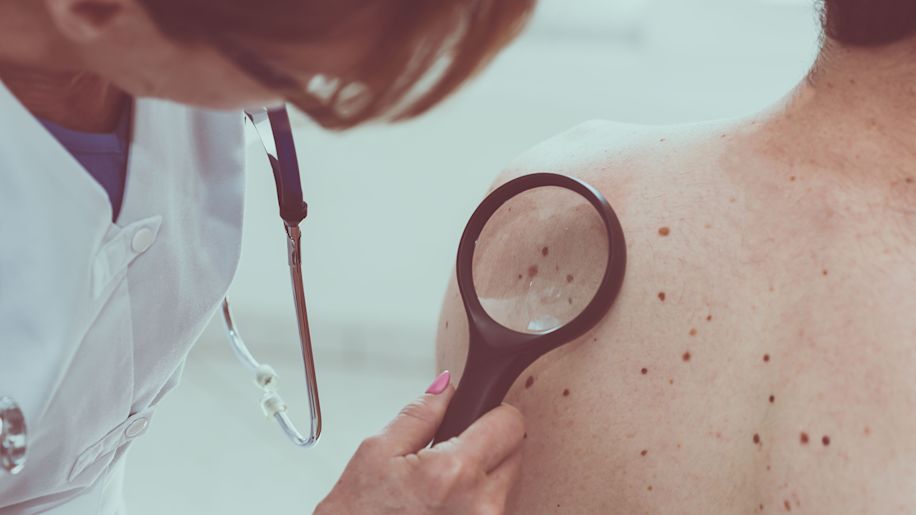
Other treatments
Some people may also need chemotherapy or radiation therapy. Although chemotherapy can destroy cancer cells, it may not work as well as immunotherapy or targeted therapy for treating skin cancer, so it's often recommended when other treatments don't work.
Radiation uses high-energy waves, like X-rays, to destroy cancer cells. It's sometimes used if surgery is not a viable option for certain patients. It may also be given to treat skin cancer that has returned after surgery or to help relieve symptoms in cases where cancer has spread.
For low-risk SCC, photodynamic therapy may be an option. It consists of two steps. First, a topical solution is applied that makes the skin more photosensitive. After that, blue, red, or broadband light is applied to the area, or another topical therapy. These therapies treat not just the cancer, but also the area of skin around the cancer if it’s been damaged over time by sunlight and could be precancerous, containing mutating cells. Treating these areas is known as field cancerization.
Laser ablation (using a narrow beam of focused, high-intensity light), electrocoagulation (using a heated electrical current), and cryosurgery (freezing the cancer with liquid nitrogen) are also nonsurgical possibilities, but they don’t tend to be as successful at stopping the SCC from recurring.
If you've been diagnosed with skin cancer, it's important to understand all your treatment options. Be sure to work closely with your healthcare providers to treat your skin cancer and to help prevent or delay recurrence.

American Cancer Society. Surgery for Melanoma Skin Cancer. Page last updated October 27, 2023.
American Cancer Society. Surgery for Basal and Squamous Cell Skin Cancers. Page last updated October 31, 2023.
American Cancer Society. Surgery for Merkel Cell Carcinoma. Page last updated May 30, 2024.
National Cancer Institute (NCI). NCI Dictionary of Cancer Terms: Lymph node. Page accessed September 24, 2024.
Combalia A, Carrera C. Squamous Cell Carcinoma: An Update on Diagnosis and Treatment. Dermatol Pract Concept. 2020;10(3):e2020066. Published 2020 Jun 29.
Willenbrink TJ, Ruiz ES, et al. Field cancerization: Definition, epidemiology, risk factors, and outcomes. J Am Acad Dermatol. 2020;83(3):709-717.
National Cancer Institute (NCI). NCI Dictionary of Cancer Terms: electrocoagulation. Page accessed September 24, 2024.
American Society for Dermatologic Surgery (ASDS). Cryosurgery for Skin Cancer. Page accessed September 24, 2024.
American Cancer Society. Targeted Therapy Drugs for Melanoma Skin Cancer. Page last updated October 27, 2023.
American Cancer Society. Targeted Therapy for Basal and Squamous Cell Skin Cancers. Page last updated October 31, 2023.
American Cancer Society. Immunotherapy for Advanced Basal or Squamous Cell Skin Cancers. Page last updated October 31, 2023.
American Cancer Society. Immunotherapy for Melanoma Skin Cancer. Page last updated September 19, 2024.
American Cancer Society. Chemotherapy for Melanoma Skin Cancer. Page last updated October 27, 2024.
American Cancer Society. Radiation Therapy for Melanoma Skin Cancer. Page last updated October 27, 2024.
Featured Content
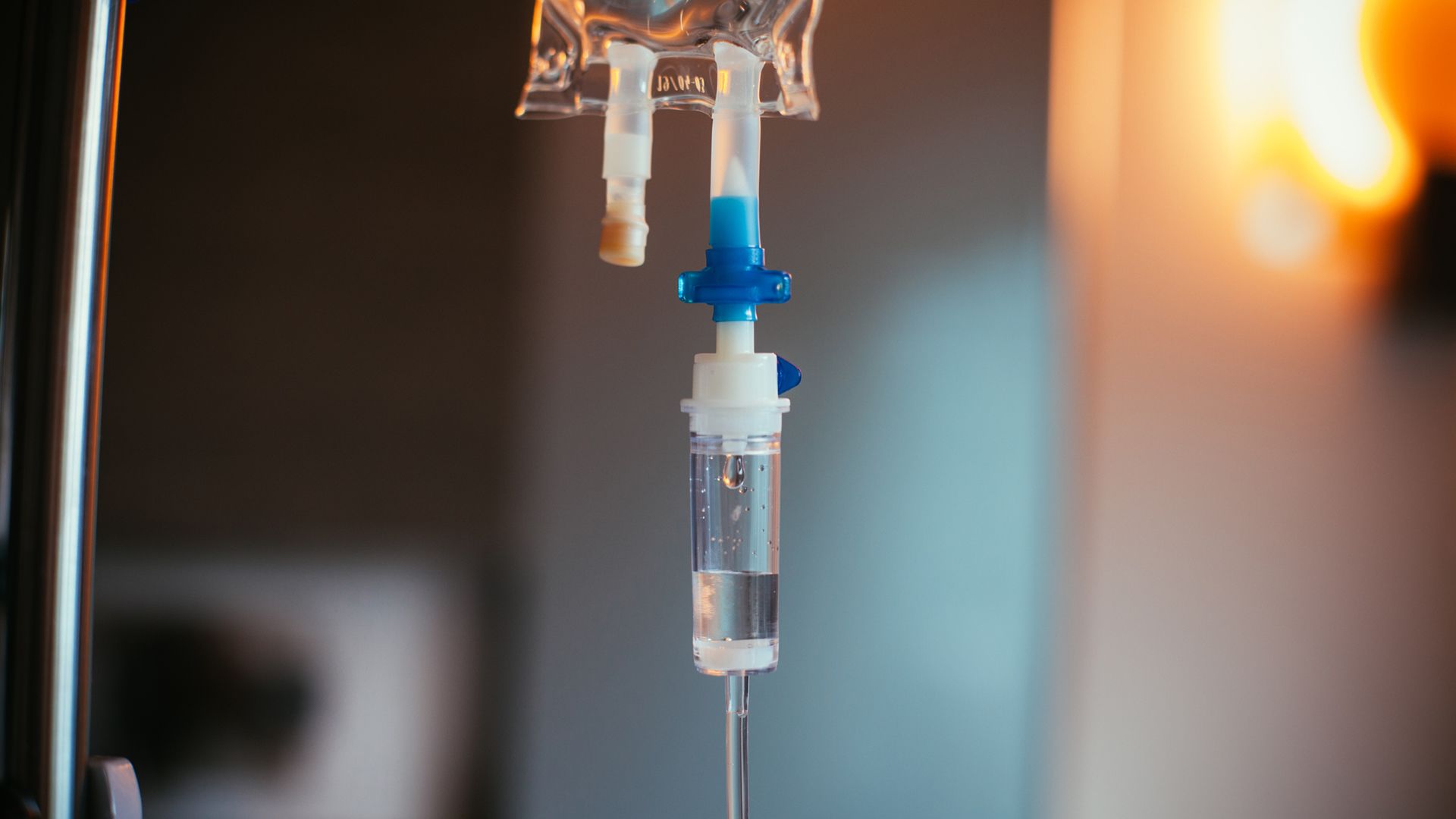
article

article

article
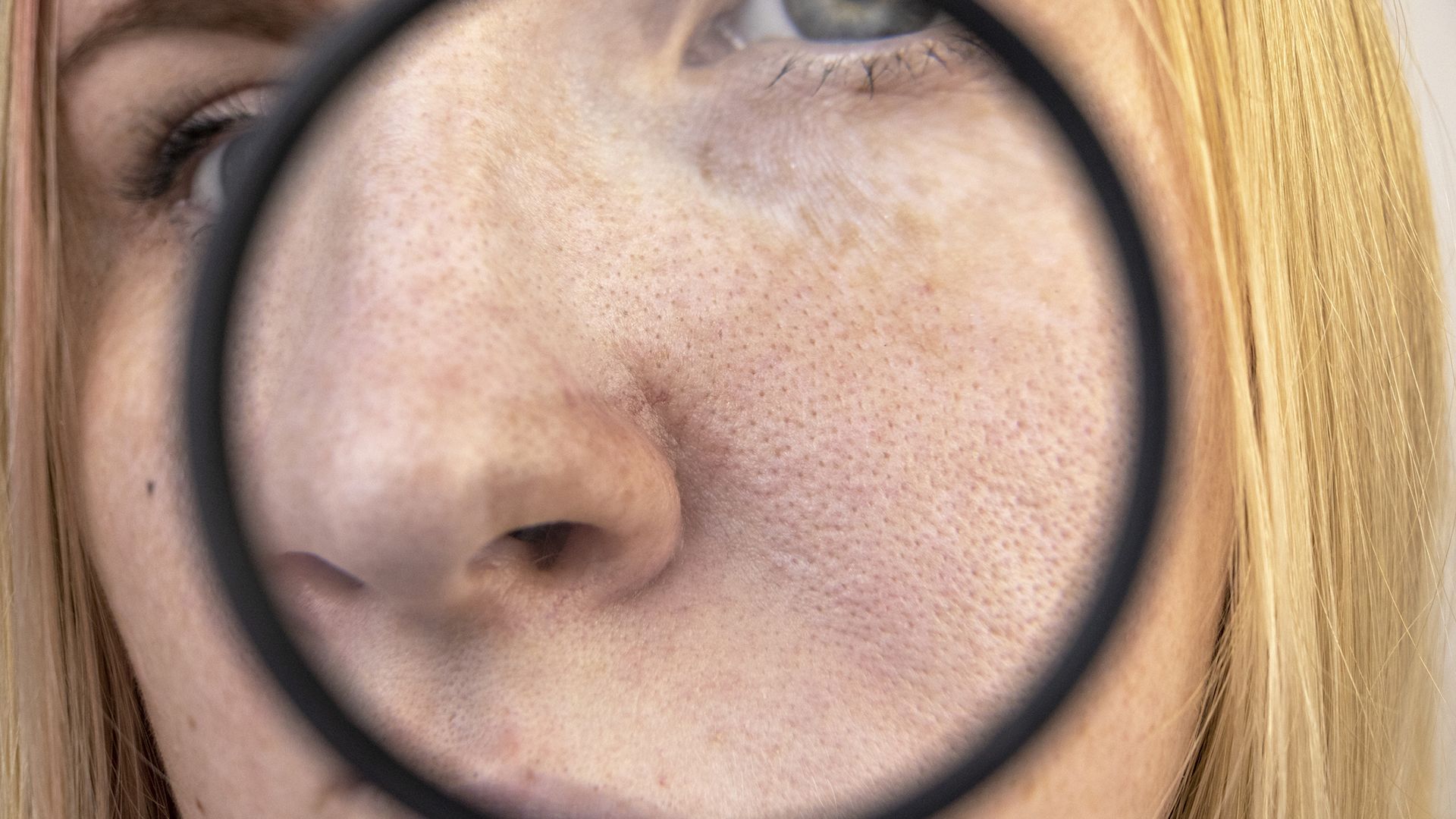
article
